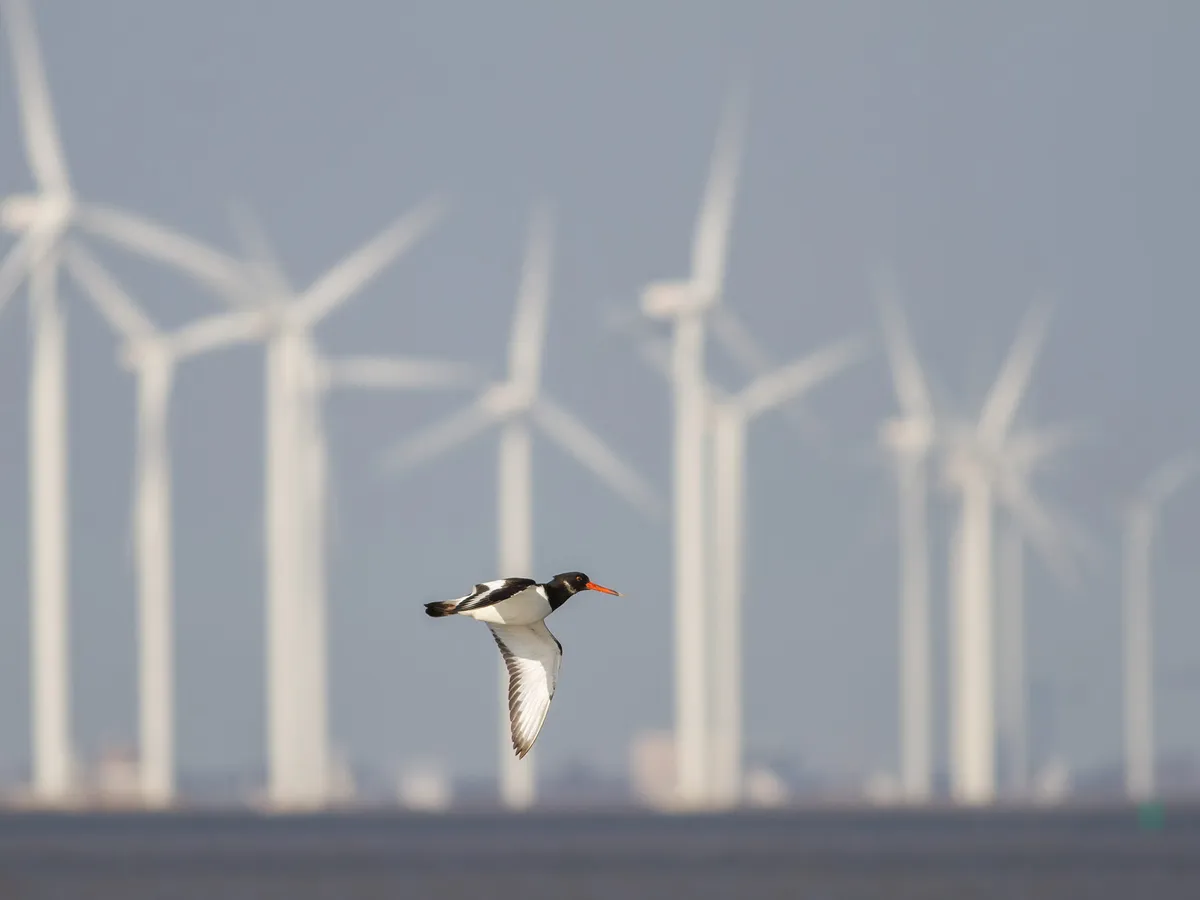Wind turbines are a generally popular and effective means to produce sustainable energy, but they’re not without their critics. The impact of wind turbines on bird populations is one argument against their widespread adoption, so let’s address the query: do wind turbines kill birds?
Wind turbines are responsible for bird deaths. Three significant studies in the USA put the annual death toll of birds from wind turbines between 100,000 and 450,000. Every year, between 10,000 and 100,000 birds in the UK are killed by wind turbines.
Although these numbers are not completely insignificant, they are dwarfed by the number of cats and birds that are killed every year in the US alone by building collisions (an estimated 1 billion birds per year) (around 1 to 4 billion bird deaths in the US alone).
Thus, the number of birds killed by wind turbines is just 1/2500 to 1/10,000 of those killed by cats and buildings. As long as precautions are taken to keep turbines away from migratory routes and other areas with high concentrations of bird life, wind turbines are not generally considered to pose a serious threat to bird life.
Conservation organizations worry, though, that the rapid construction of large-scale wind farms could cause these numbers to sharply increase in the future.
Read on to learn more about how wind turbines effect bird life.
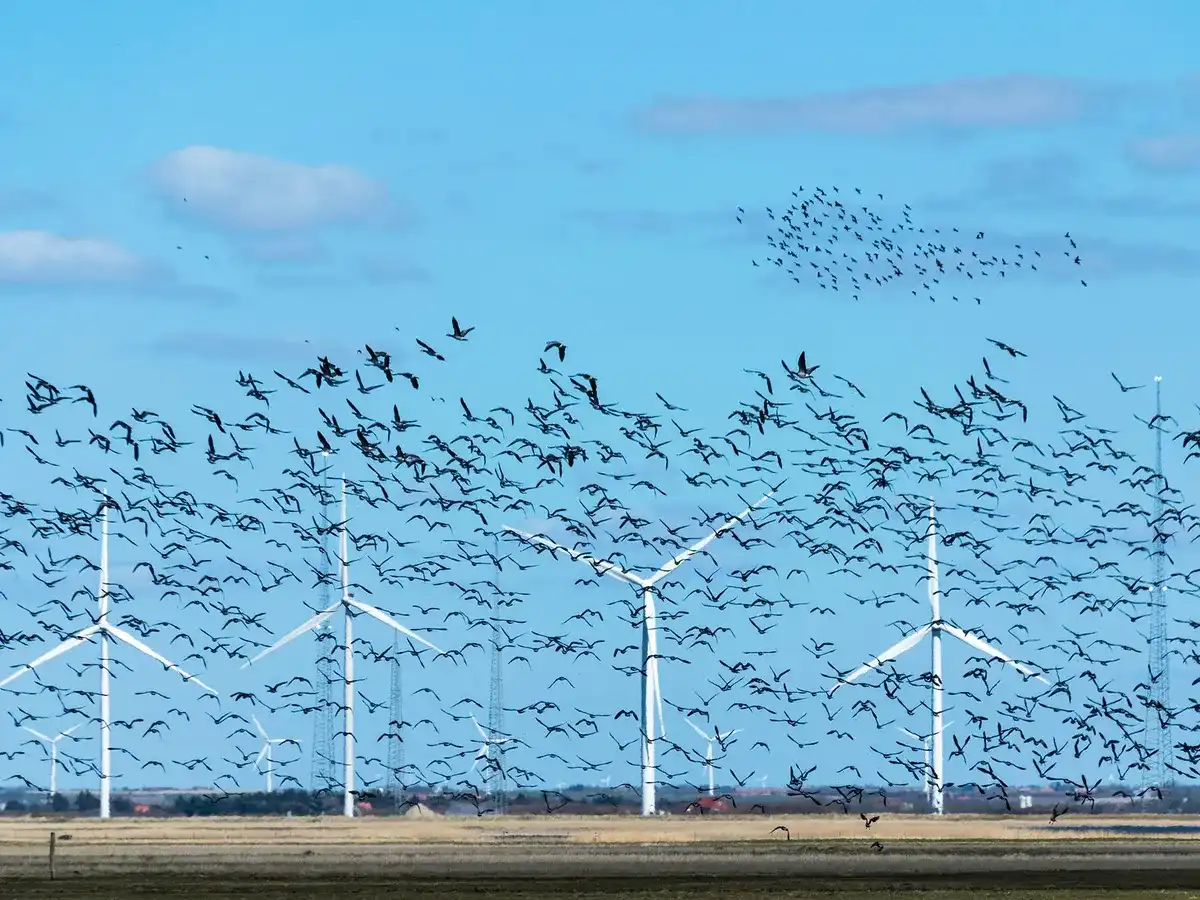
Why wind turbines kill birds
There are two situations where wind turbines kill birds:
- They’re killed by the spinning blades themselves.
- They’re killed by collisions with high-voltage electric power lines that travel to and from wind farms.
Birds are probably unable to perceive a wind farm turbine as an obstruction while its blades are turning. While many birds have powerful eyes that are several times stronger than a human’s eyes, they just don’t learn that wind turbines are a construction worth avoiding. Bird vision is also comparatively flat and lacking depth perception.
Since these raptors spend a large portion of their days flying and scanning the ground in search of prey, wind turbines pose a particular threat to soaring birds of prey including Peregrine and Prairie Falcons, Golden and Bald eagles, Red-tailed and Swainson’s hawks, and kestrels.
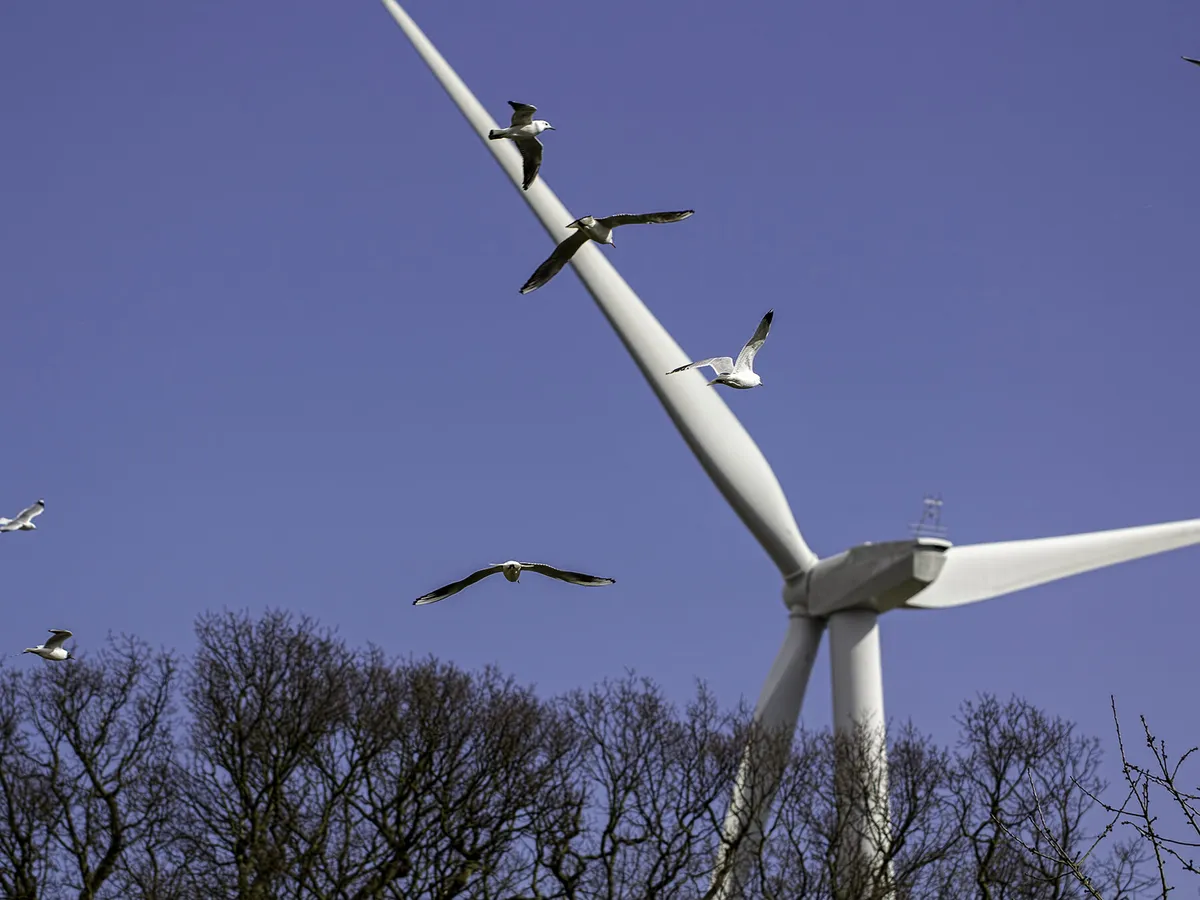
How many birds are killed by wind turbines in the world?
A few studies have estimated the amount of bird mortality brought on by wind farms. Currently, the US Fish and Wildlife Service estimates that between 140,000 and 500,000 birds per year die in the US as a result of turbines.
Similar estimates are provided by studies from 2013 and 2014, but it is generally agreed that the true number is likely higher today because there are more wind farms.
By 2050, it is anticipated that the number of bird deaths brought on by wind farms will reach over 2 million annually. Nevertheless, again, this statistic is fiercely challenged, as a research from Spain estimated that turbine-related mortality in Spain alone likely topped 6 to 18 million per year.
Other studies have measured the number of bird deaths per turbine, with results that have ranged between 40 and 800 or so birds. The data are extremely inconsistent, and it is still very difficult to determine just how dangerous turbines are for bird populations.
Nowadays, household cats and building collisions cause a much larger percentage of bird mortality than do wind turbines. Globally, domestic cats are thought to kill between 1.3 and 4 billion birds annually. Even yet, it’s vital to find strategies to limit the impact of wind turbines on bird life and the ecosystem in general.
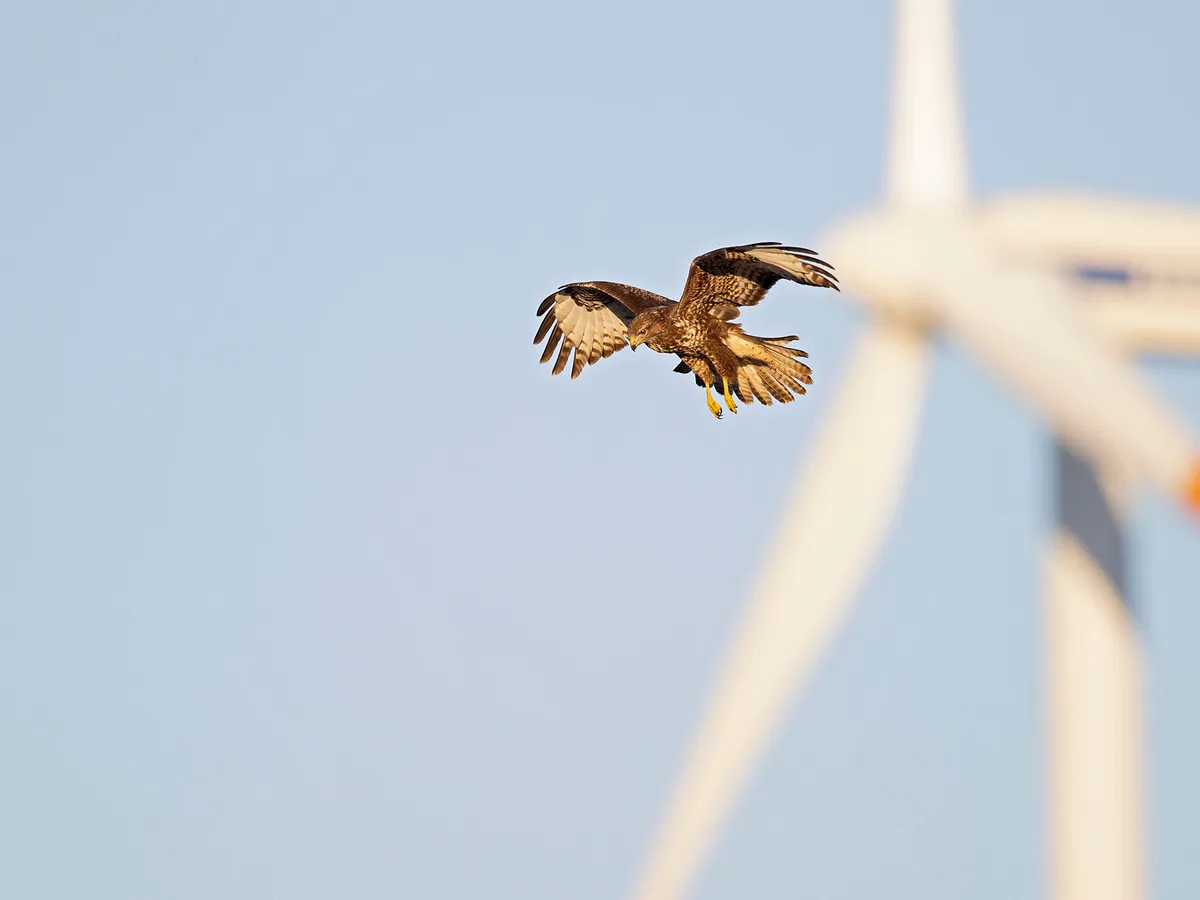
Do offshore wind turbines kill birds?
In comparison to wind farms on the mainland or on land, offshore wind farms are likely to pose a hazard to distinct bird groups. This is because, particularly in the upper Northern Hemisphere, a large number of seabirds and migratory birds frequently pass through regions that are ideal for wind energy.
According to some data, offshore wind farms are safer for birds, especially when they are positioned to avoid common migratory routes.
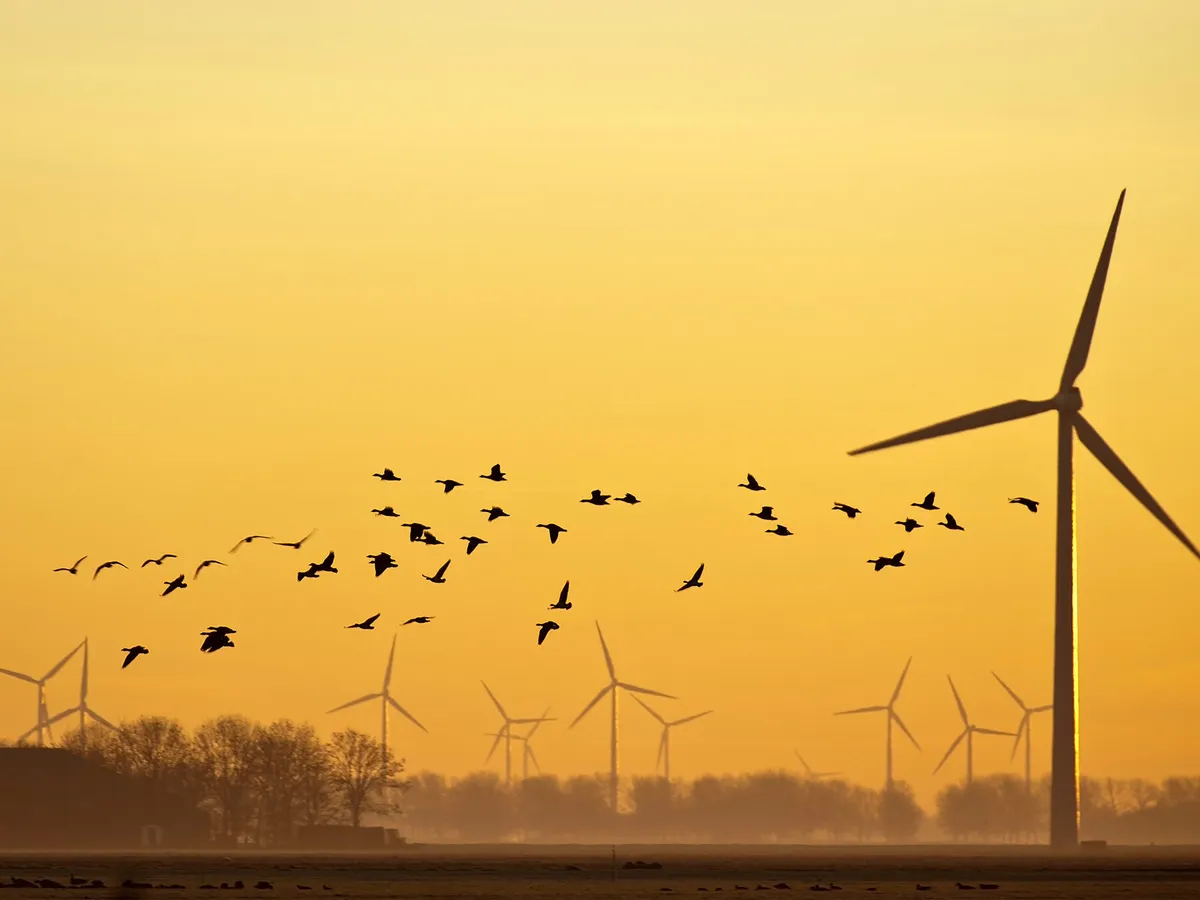
How to protect birds from wind turbines and farms?
There are a few ways to reduce turbine related bird deaths. The most obvious option is to take up places where there are no significant bird populations in conflict. The US Fish and Wildlife Service has created recommendations for the siting of wind turbines to assist installers in avoiding protected zones.
To reduce their negative effects on the environment, energy companies collaborate with ecologists and conservationists. This holds true for both the turbines and the power lines used to return wind-generated electricity to the grid.
Detecting arriving birds and turning off turbines so they can pass safely is another creative way to reduce bird mortality. AI sensors with computer vision capabilities are trained to spot approaching birds from a safe distance and inform human teams to take appropriate action.
Moreover, to prevent birds utilizing ultrasonic frequencies, turbine makers are mounting sonic deterrents on the turbines.
Painting turbines with UV paint and even painting them purple are two further experimental preventative techniques. Wind turbines continue to be a contentious topic in terms of wildlife conservation, and the problem is far from being resolved.
As one of the most dependable substitutes for fossil fuels and non-renewable energy, wind power must also be compared to the environmental effects of alternatives.
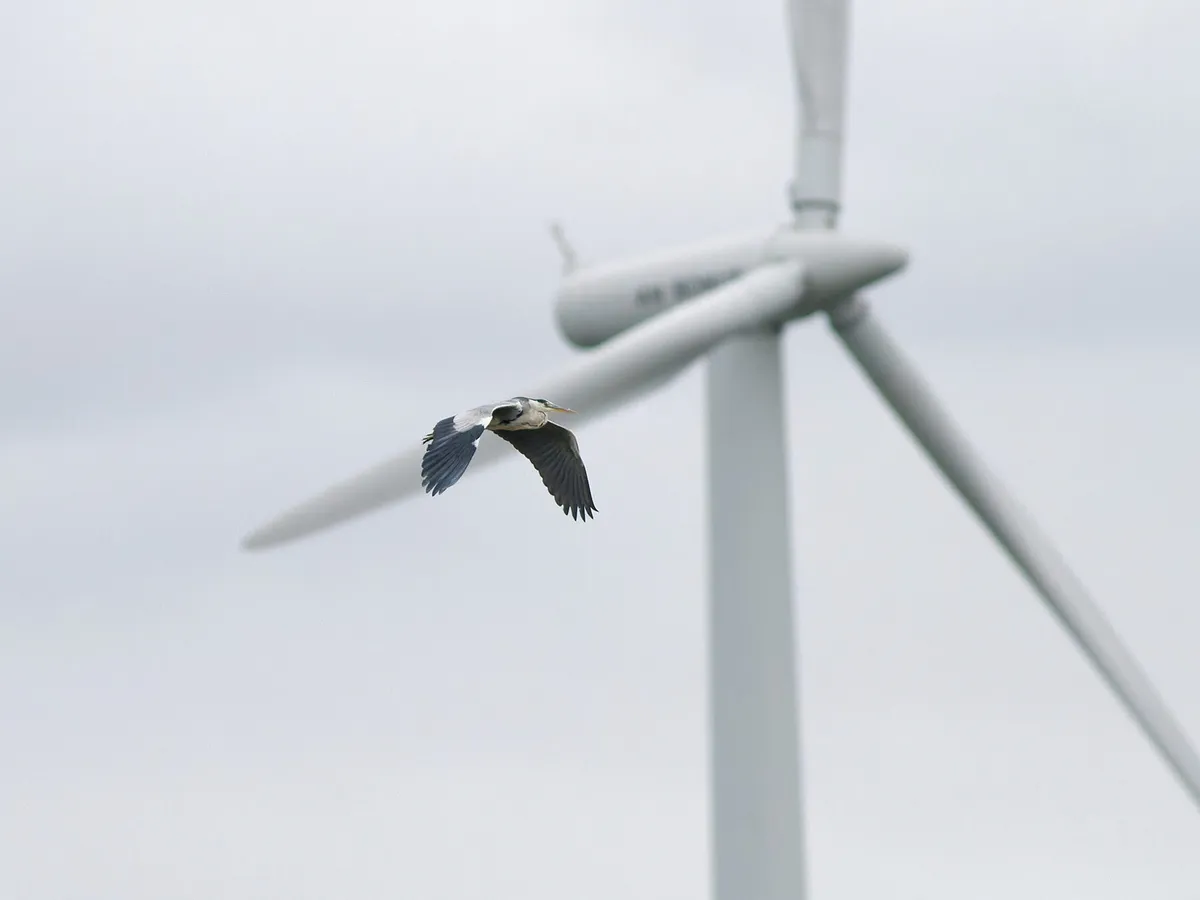
Which species are affected by wind turbines the most?
Numerous bird populations are influenced by wind turbines, depending on where they’re put. The most susceptible birds are those that live in places where wind turbines are frequently placed on flat, breezy hills.
Any low-flying migratory bird may come across a wind turbine, even though birds that are native to urban, woodland, or forest areas may avoid areas where they are installed.
Among of the hardest affected birds are birds of prey like eagles, hawks, and falcons, as these birds often hover above the ground in pursuit of prey and often prefer clear sight of the ground – which favors flat locations where wind turbines are erected.
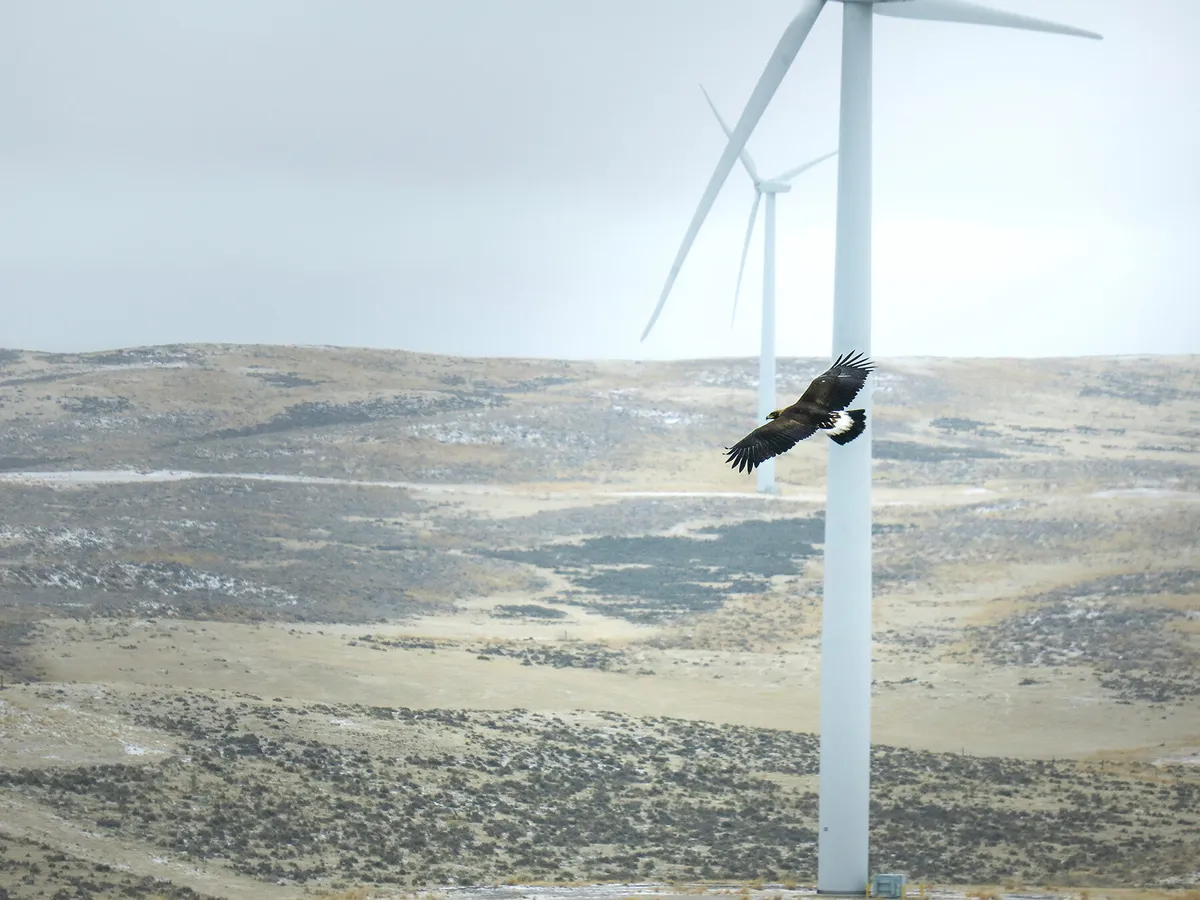
Do birds of prey get killed by wind turbines?
Birds of prey are some of the most vulnerable to wind turbines, as they often spend much of their day soaring above the earth in pursuit of prey.
In the USA, Golden and Bald eagles, falcons, kites, kestrels, and hawks are among the most-threatened birds by wind turbines. Additionally, because these birds typically raise a small number of chicks, damage to their populations is difficult to recover from.
Final Thoughts
In conclusion, while it is true that wind turbines can pose a risk to birds, it is important to understand that the threat is not as significant as some may think.
Statistics show that bird fatalities caused by wind turbines are relatively low compared to other human-made structures such as buildings and communication towers. However, this does not mean that we should ignore the issue altogether.
To prevent bird collisions with wind turbines account, several measures can be taken, such as carefully selecting the turbine locations, adjusting the speed of the blades during migration seasons, and using technology such as radar systems to detect and avoid flocks of birds.
In the end, it is important to weigh the benefits of wind energy against its potential impact on wildlife. As we continue to shift towards renewable energy sources, it is crucial that we strive to minimize any negative impact on the environment and wildlife, while also prioritizing the urgent need to combat climate change.

